MIT researchers created a quantum microscope, capturing the first images of atoms interacting freely, revealing unseen quantum behaviors.
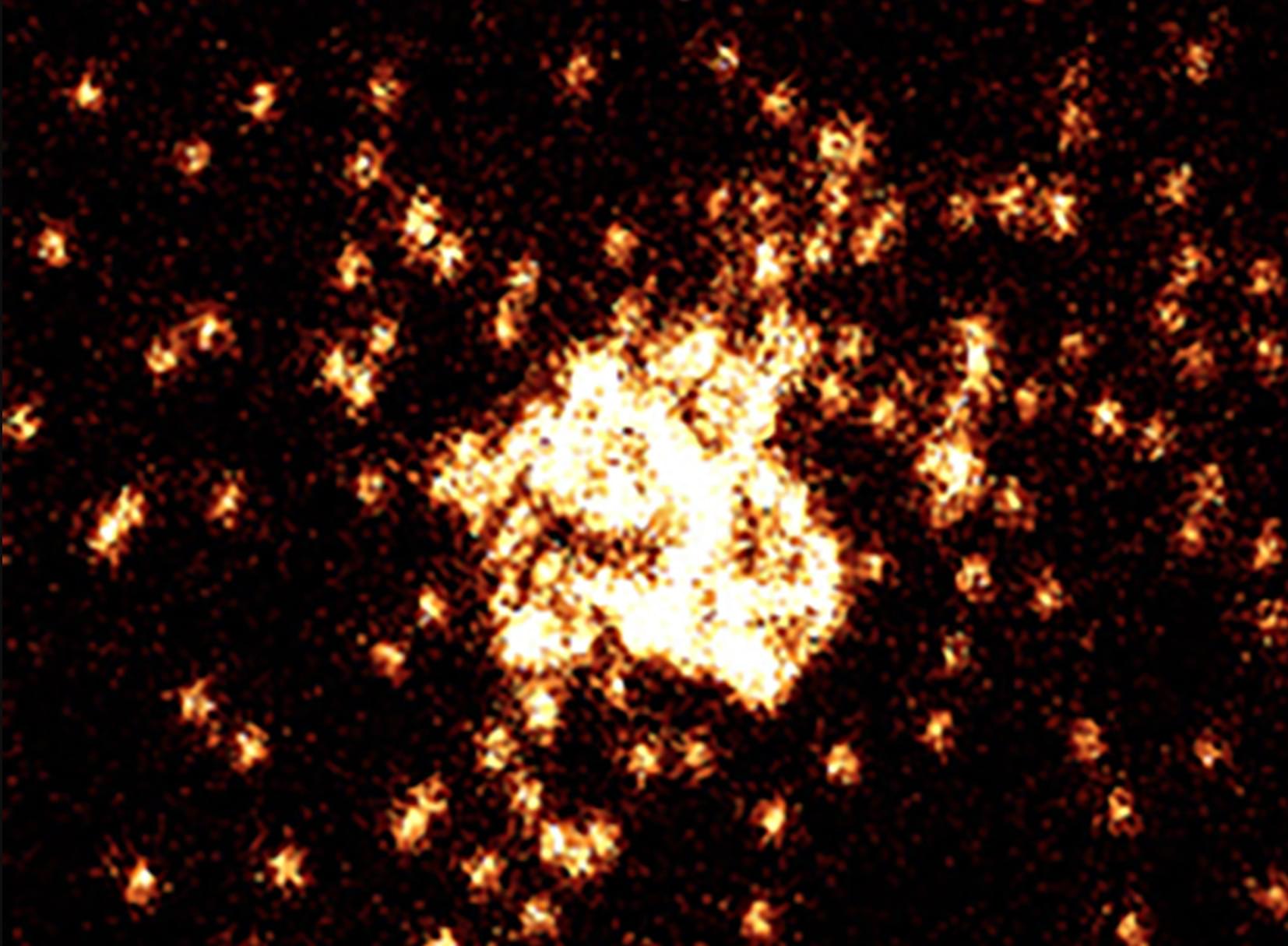

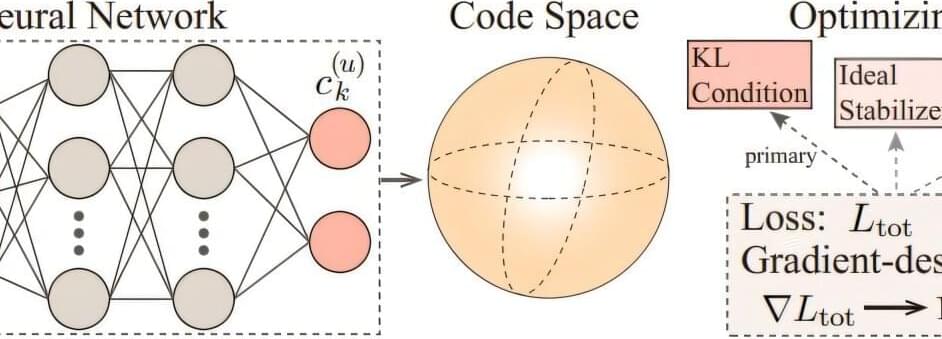
A way to greatly enhance the efficiency of a method for correcting errors in quantum computers has been realized by theoretical physicists at RIKEN. This advance could help to develop larger, more reliable quantum computers based on light.
Quantum computers are looming large on the horizon, promising to revolutionize computing within the next decade or so.
“Quantum computers have the potential to solve problems beyond the capabilities of today’s most powerful supercomputers,” notes Franco Nori of the RIKEN Center for Quantum Computing (RQC).
In this profound and thought-provoking clip from the Quantum Convergence documentary, tech pioneer and physicist Federico Faggin delves into his transformative experience of consciousness — the moment he felt himself as the universe observing itself. Faggin, best known for his work in developing the first microprocessor, explores the fundamental nature of consciousness, its relationship with matter, and the deeper purpose of the universe.
🌐 About Quantum Convergence:
Quantum Convergence is a groundbreaking documentary that explores the intersection of science, technology, and consciousness. Featuring leading thinkers and visionaries, the film examines how our understanding of reality is evolving in the age of AI and quantum physics.
🔔 Subscribe for more transformative content:
📍 Stay updated with more clips and insights from Quantum Convergence by hitting the notification bell.
👍 Like, share, and comment if you believe in the power of consciousness.
#QuantumConvergence #Consciousness #FedericoFaggin #AI #Philosophy #Science #QuantumPhysics.
Learn more — https://www.infinitepotential.com/

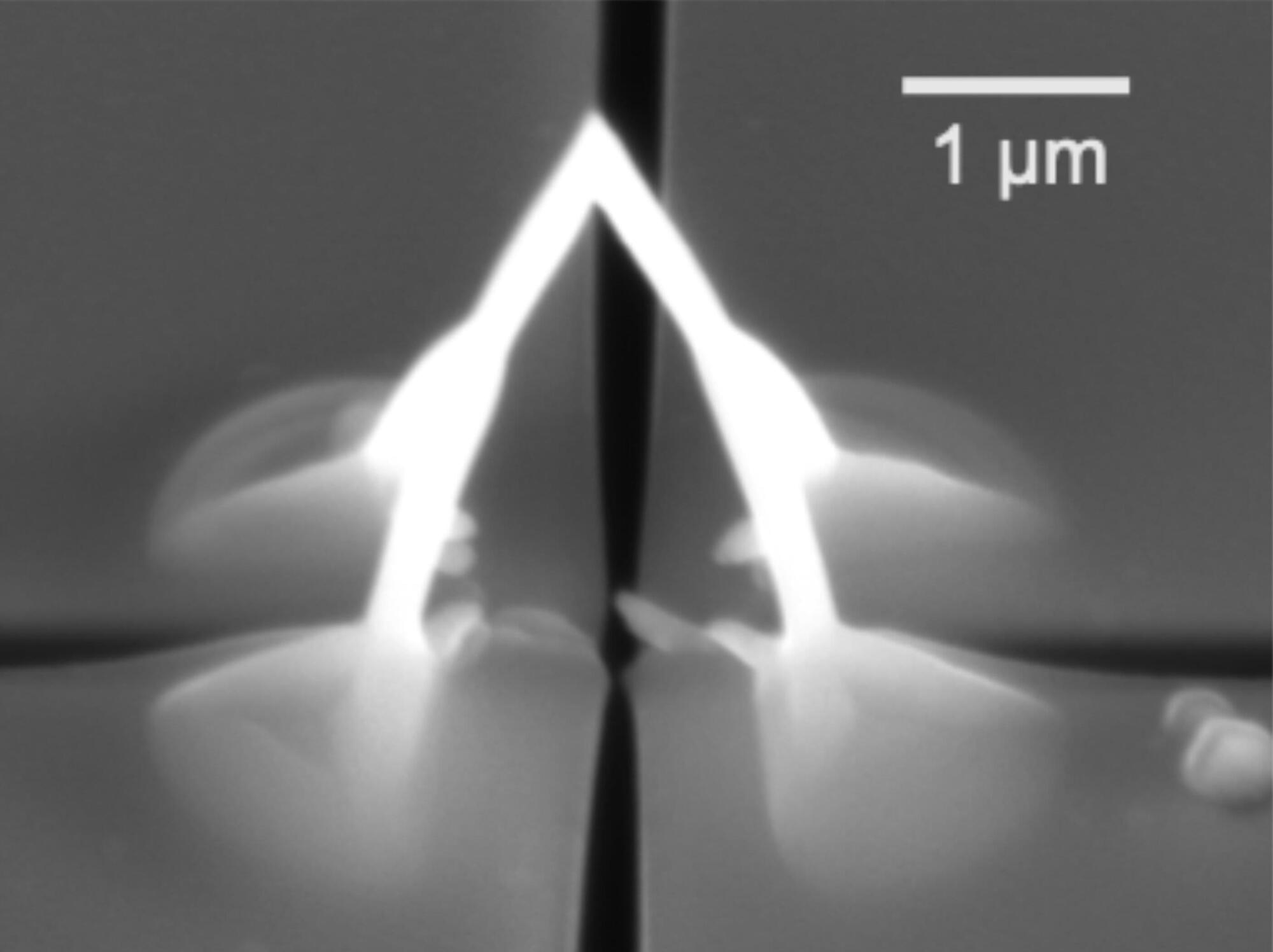
The move from two to three dimensions can have a significant impact on how a system behaves, whether it is folding a sheet of paper into a paper airplane or twisting a wire into a helical spring. At the nanoscale, 1,000 times smaller than a human hair, one approaches the fundamental length scales of, for example, quantum materials.
At these length scales, the patterning of nanogeometries can lead to changes in the material properties itself—and when one moves to three dimensions, there come new ways to tailor functionalities, by breaking symmetries, introducing curvature, and creating interconnected channels.
Despite these exciting prospects, one of the main challenges remains: how to realize such complex 3D geometries, at the nanoscale, in quantum materials? In a new study, an international team led by researchers at the Max Planck Institute for Chemical Physics of Solids have created three-dimensional superconducting nanostructures using a technique similar to a nano-3D printer.
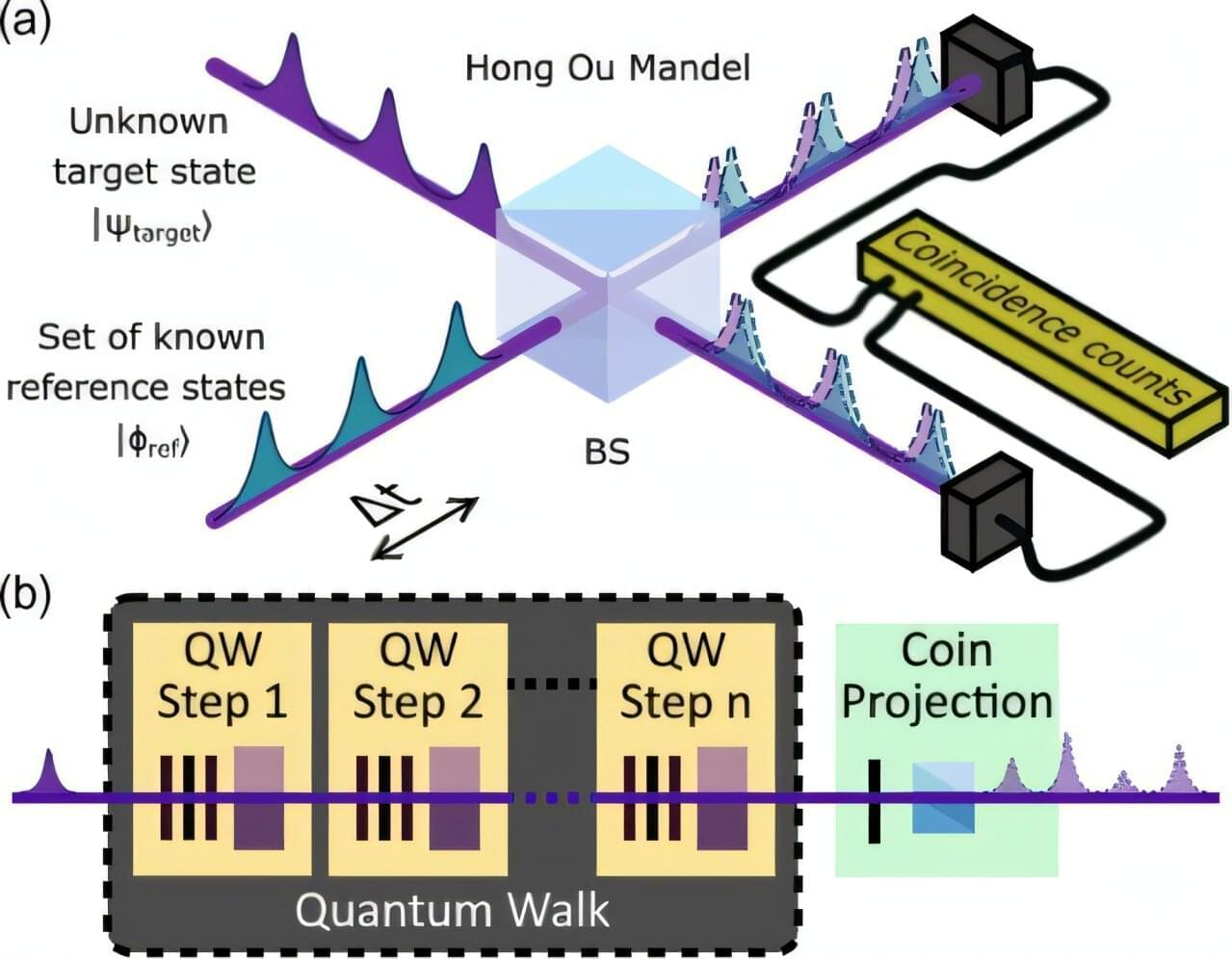
A team of researchers has developed a technique that makes high-dimensional quantum information encoded in light more practical and reliable.
This advancement, published in Physical Review Letters, could pave the way for more secure data transmission and next-generation quantum technologies.
Quantum information can be stored in the precise timing of single photons, which are tiny particles of light.
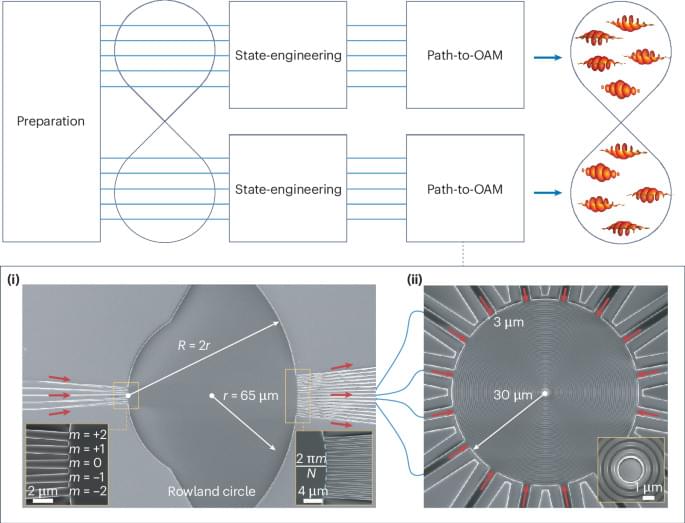
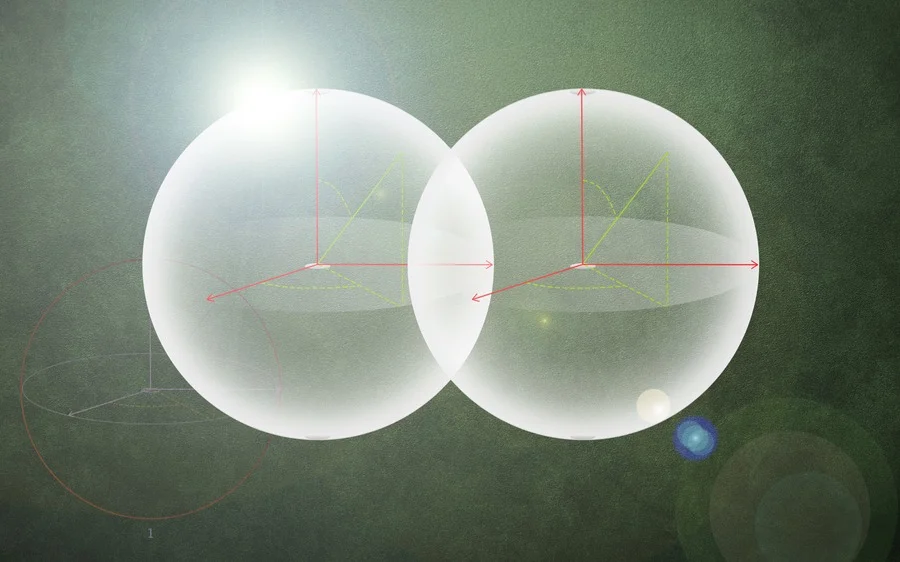
Repulsive gravity at the quantum scale would have flattened out inhomogeneities in the early universe.
In classical physics, gravity is universally attractive. At the quantum level, however, this may not always be the case. If vast quantities of matter are present within an infinitesimally small volume – at the centre of a black hole, for example, or during the very earliest moments of the universe – spacetime becomes curved at scales that approach the Planck length. This is the fundamental quantum unit of distance, and is around 1020 times smaller than a proton.
In these extremely curved regions, the classical theory of gravity – Einstein’s general theory of relativity – breaks down. However, research on loop quantum cosmology offers a possible solution. It suggests that gravity, in effect, becomes repulsive. Consequently, loop quantum cosmology predicts that our present universe began in a so-called “cosmic bounce”, rather than the Big Bang singularity predicted by general relativity.
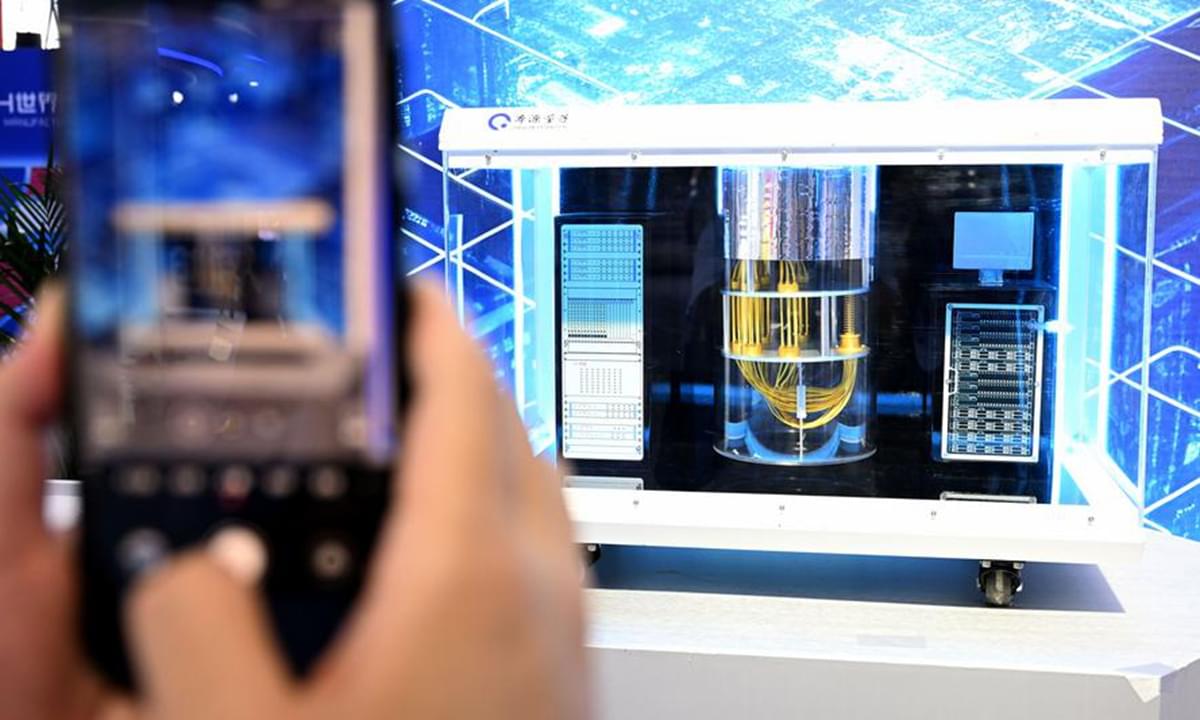
China’s Origin Quantum has launched its fourth-generation quantum control system, a move signaling the country’s increasing push to industrialize and scale quantum computing capabilities.
The new system, dubbed Origin Tianji 4.0, supports over 500 qubits and serves as the central control for superconducting quantum computers, according to The Global Times, a media outlet under the Chinese Communist Party (CCP). The system, unveiled this week in Hefei, is positioned as a critical enabler for mass-producing quantum computers with more than 100 qubits.
The control system is considered the “neural center” of a quantum computer. It generates, acquires and controls the precise signals that manage quantum chips, which are the computational heart of a quantum system. With the Tianji 4.0 upgrade, Origin Quantum claims major improvements in integration, automation and scalability compared to its previous version, which powered the country’s third-generation superconducting quantum computer, Origin Wukong.